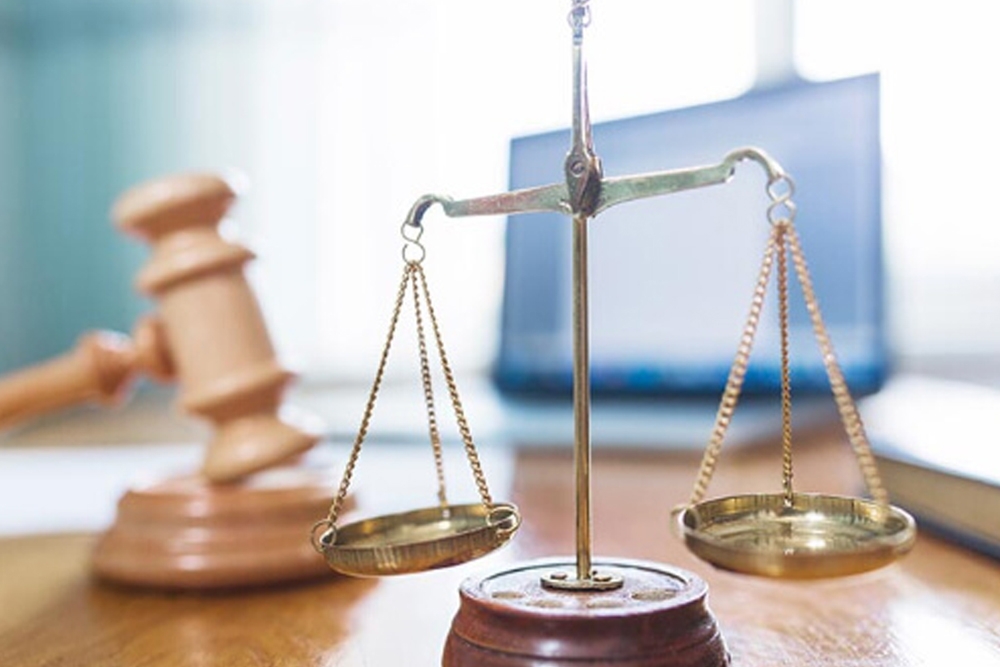Different Types of Individual Bankruptcy Cases

The federal Bankruptcy Code is codified in Title 11 of the United States Code. The Bankruptcy Code contains nine chapters, six of which provide rules for the filing of a bankruptcy petition. However, only four chapters can be used by individuals to file bankruptcy. Each of these four chapters relate top a specific type of bankruptcy case and the individual bankruptcy case is known by the chapter that defines it in the Bankruptcy Code: Chapter 7, Chapter 11, Chapter 12, and Chapter 13. All individual cases under the Bankruptcy Code can be filed as a single or joint married petition.
Chapter 7 is the most common type of individual bankruptcy case. Chapter 7 bankruptcy is sometimes called a “straight bankruptcy” or “liquidation bankruptcy.” When a Chapter 7 case is filed, the debtor is declaring an inability to pay his debts and volunteers whatever non-exempt assets that are available to pay his creditors. Statistically, only about one case in twenty pays anything to creditors in a Chapter 7. In the other 19 cases all of the debtors’ property is exempt under state or federal law, and creditors are paid nothing. The typical Chapter 7 case takes four to six months to complete.
Chapter 13 bankruptcy is a repayment bankruptcy. The debtor is a Chapter 13 case is expressing a desire to pay some or all of his debts over a three to five year period. The Chapter 13 repayment terms are approved by the bankruptcy court and supervised by the bankruptcy trustee. Creditors are paid based upon a priority hierarchy. For instance, owed child support is paid before owed taxes; and owed taxes are paid before credit card debt. The debtor does not lose property during a Chapter 13 bankruptcy. Chapter 13 provides many advantages to Chapter 7, including the opportunity to reduce monthly vehicle payments and catch-up a delinquent mortgage. A Chapter 13 debtor must have a regular income, unsecured debt of less than $360,475 and secured debts are less than $1,081,400.
Chapter 13 is most commonly used by corporations, although an individual may file a Chapter 11 bankruptcy case when the debt limits for Chapter 13 are exceeded. Chapter 11 is in many ways like a Chapter 13 case. The bankruptcy trustee cannot take property from a Chapter 11 debtor. The debtor proposes a plan to repay debts; creditors vote whether to accept the plan; and ultimately the bankruptcy court orders a reorganization plan which binds all parties to the terms of the plan.
Chapter 12 is only available to family farmers or family fishermen who wish to reorganize their finances. Many provisions in Chapter 12 are similar to a Chapter 13.
The Bankruptcy Code offers four powerful types of bankruptcy cases to individuals. If you are struggling with debt, speak to an experienced bankruptcy attorney by calling Freedom Law Firm at 702-903-1354 and discover how the Bankruptcy Code can help you reorganize or eliminate your debt headache.
